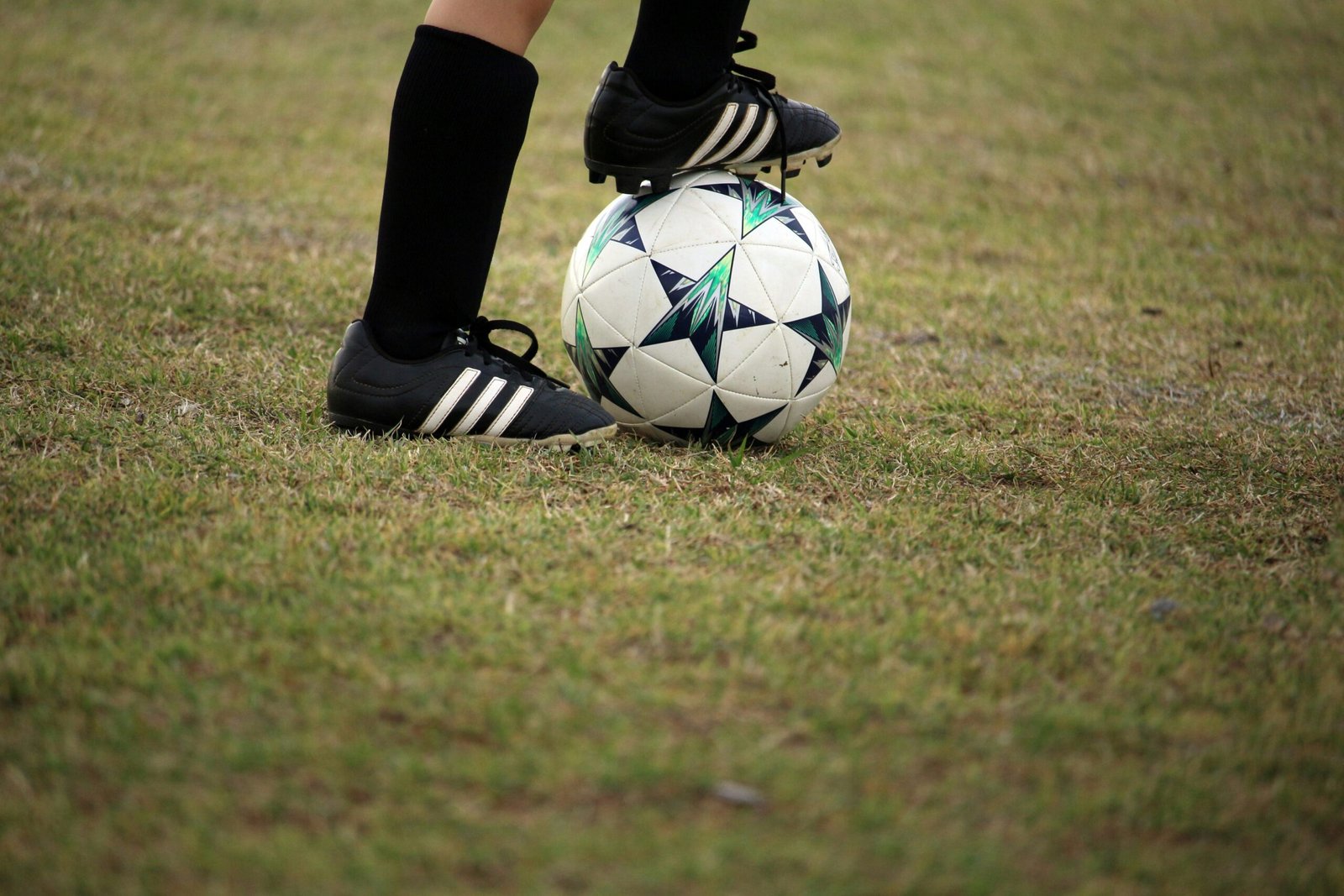Introduction
Football practice is essential for players of all levels to improve their skills, fitness, and tactical understanding of the game. Whether you are a beginner or a professional, following a structured practice routine can help you get the most out of your training sessions. In this article, we will outline the steps to get a good football practice.
Step 1: Set Clear Goals
Before starting your football practice, it is important to set clear goals for what you want to achieve. These goals can be specific to individual skills such as dribbling, passing, shooting, or they can be team-oriented goals such as improving communication or tactical awareness. Setting goals will help you stay focused and motivated during your practice sessions.
Step 2: Warm Up Properly
Warming up is crucial to prevent injuries and prepare your body for the physical demands of football practice. Start with light aerobic exercises such as jogging or jumping jacks to increase your heart rate and warm up your muscles. Follow this with dynamic stretches that target the muscles used in football, such as leg swings, lunges, and arm circles. Spend at least 10-15 minutes on your warm-up routine before moving on to the main practice drills.
Step 3: Focus on Fundamentals
Practicing the fundamental skills of football is essential for players of all positions. Spend time working on your dribbling, passing, shooting, and ball control. Use cones or markers to create drills that simulate game situations and challenge yourself to improve your technique and decision-making abilities. Remember to practice with both feet to develop your weaker side and become a more versatile player.
Step 4: Incorporate Game-Like Drills
While practicing individual skills is important, it is equally crucial to train in game-like situations. Incorporate drills that involve multiple players and simulate real match scenarios. This could include small-sided games, possession drills, or tactical exercises that focus on teamwork and decision-making. By practicing in game-like situations, you will improve your ability to apply your skills in a competitive setting.
Step 5: Work on Fitness
Football is a physically demanding sport, and being in good physical condition is crucial for performing at your best. Include fitness exercises in your practice routine to improve your strength, speed, agility, and endurance. This could involve exercises such as sprints, interval training, plyometrics, and strength exercises targeting the muscles used in football. Remember to vary your fitness exercises to keep your training interesting and challenging.
Step 6: Analyze and Reflect
After each practice session, take the time to analyze your performance and reflect on what you have learned. Identify areas where you excelled and areas that need improvement. This self-analysis will help you set new goals for future practice sessions and track your progress over time. Additionally, consider seeking feedback from coaches or teammates to gain different perspectives and insights.
Conclusion
Getting a good football practice requires setting clear goals, warming up properly, focusing on fundamentals, incorporating game-like drills, working on fitness, and analyzing and reflecting on your performance. By following these steps, you can maximize your training sessions and improve your skills, fitness, and understanding of the game. Remember to stay consistent and dedicated in your practice routine, and you will see progress over time.
Want to read more blogs? Go here: LB Sport Reviews



